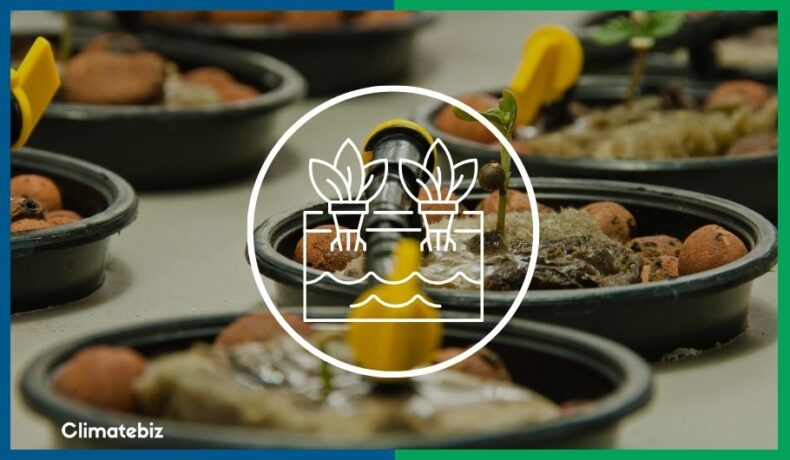
The NFT hydroponic system, or nutrient film technique method, has become one of the go-to hydroponic systems available to soilless growers.
This incredibly innovative system was pioneered in 1965 by Allen Cooper at the Glasshouse Crops Research Institute in Littlehampton, England. But you’re not here for a history lesson on the NFT method. What you really want to know is what this system is all about.
In this article, we teach you all there is to know about this versatile and modular system, including its components, optimal flow rates, and the plants that suit it best. What’s more, we provide you with a step-by-step explanation of how the system operates.
Affiliate Disclaimer
Table of Contents
What is an NFT hydroponic system?
Nowadays, you may be forgiven for thinking that anything NFT-related has to do with non-fungible tokens. Well, apologies to you crypto lovers because we’re here to discuss the OG of the NFT world — the nutrient film technique hydroponic system.
In an NFT hydroponic system, plant roots are suspended in channels called gullies that transport a continuous, thin film of nutrient solution; this process keeps the roots moist but not logged. The nutrients are mixed accordingly in a primary reservoir from which it flows through the system, continuously feeding the plants. This technique gives the plants the necessary nutrients, water, and oxygen to thrive.
The nutrient film aspect of an NFT hydroponic system refers to the continuous shallow stream of nutrient solution that passes over the bottom of the plant’s roots.
Essentially, this thin nutrient film provides nutrients to the plants while exposing the remaining root mass to air for oxygen absorption, thus creating conditions for optimal growth.
What Are The Components of An NFT Hydroponic System?
A basic NFT system includes the following components:
- Reservoir.
- Nutrient solution.
- Water pump & tubing.
- Growing channels.
- Baskets/containers to hold plants.
Reservoir
The reservoir forms the basis of any hydroponic setup. The NFT system is no different. This container is home to the mixture of water and nutrients that feed the plants.
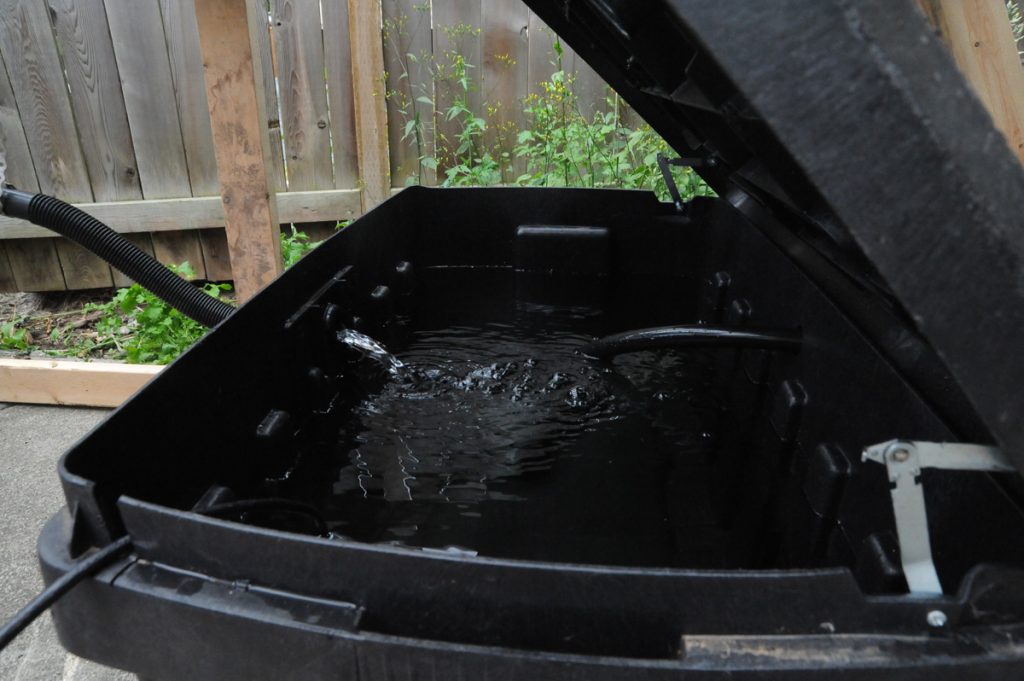
Source: Grozine
You must purchase a reservoir with opaque material to prevent the growth of algae and bacteria that could potentially destroy the plants.
Nutrient solution
Hydroponic systems are, by their very nature, soilless. As such, they require a nutrient solution that makes up for the absence of soil and fertilizer.
The majority of growers tend to rely on premade nutrient solutions. However, some prefer to make their own. This allows them to tailor their nutrient mixtures to the individual needs of their plants.
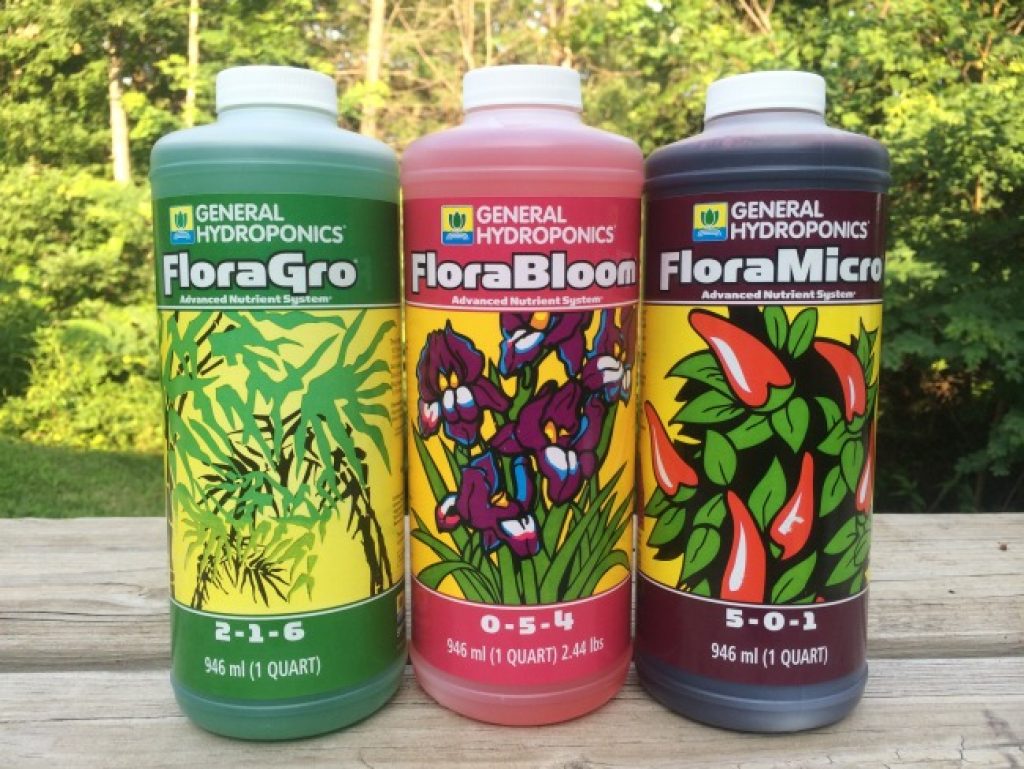
Source: No Soil Solutions
If the thought of DIY nutrient solutions appeals to you, check out our article —
DIY Hydroponic Nutrients (How To Make Your Own Formula).
Water pump & tubing
NFT hydroponic systems rely on a water pump and tubing to transport the nutrient solution from the reservoir to the growing channels.
Most growers prefer to run their pumps continuously to maintain a steady flow of nutrient solutions throughout their system. Others prefer to use a timer that helps them establish timed feeding periods.
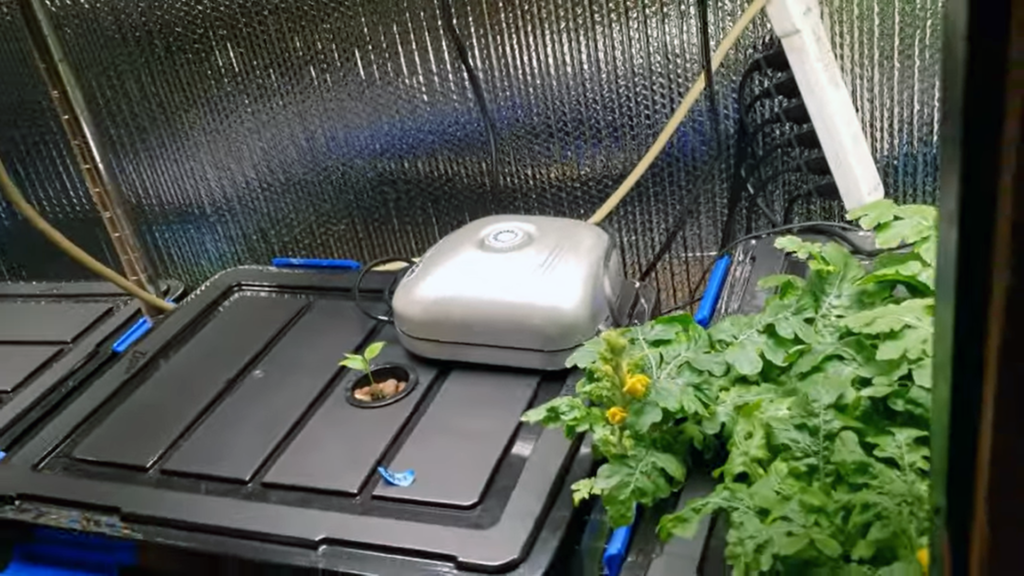
Source: On The Green Farms
Whichever method you use, it’s best to source a water pump with an adjustable flow rate that you can modify according to the needs of your plants.
In essence, all you need is a submersible pump with a gallons-per-hour rating that can pump your solution from the reservoir up to the entrance of your grow channels. So don’t worry about having to purchase an energy-hungry pump.
Growing channels
In an NFT hydroponic system, the growing chambers come in the form of long, modular channels set at a slight angle. This angle helps establish and transport the shallow stream of nutrient solution.
Holes that house the plants are set along the top of these growing structures.
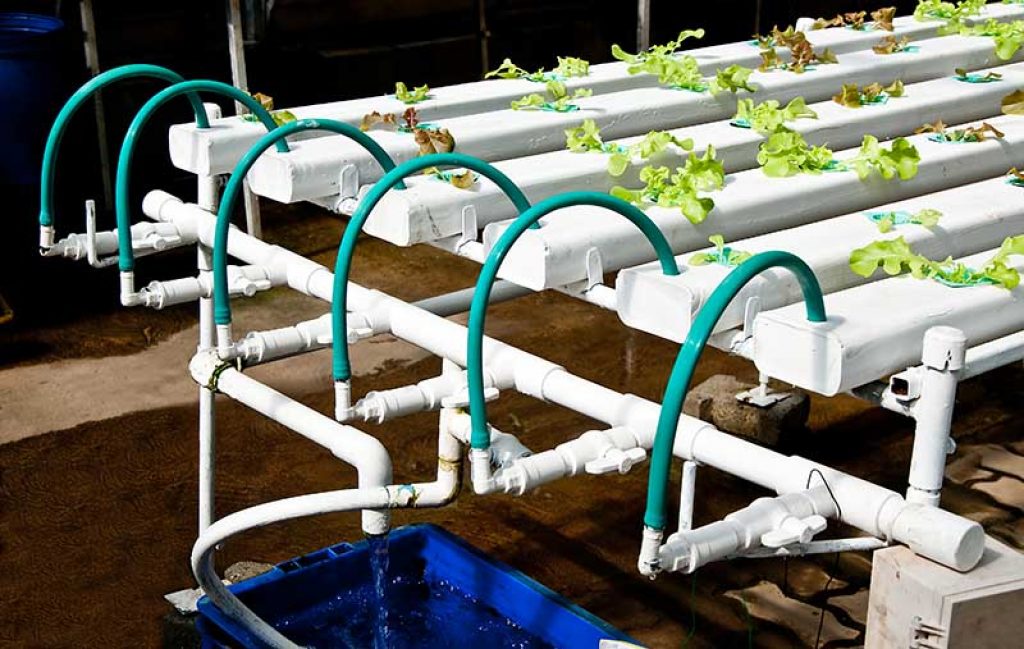
Source: Constant Delights
Material-wise, you’ll find that most people like to use PVC pipes for this type of system. While these pipes are easily accessible and relatively inexpensive, their curved contour doesn’t provide the air-to-nutrient ratio that plants need for optimal growth. We, therefore, suggest that you source growing channels that are flatter at the bottom.
Note to our readers: If you decide to build your NFT system, we advise purchasing ones with removable tops. This will help you monitor your nutrient solution, inspect your plant’s roots, and easily look for blockages and pooling.
Baskets/containers to hold plants
Whether it’s an NFT or deep water culture (DWC) system, hydroponic plants need containers that provide adequate structural support. Net pots are perfect for the job.
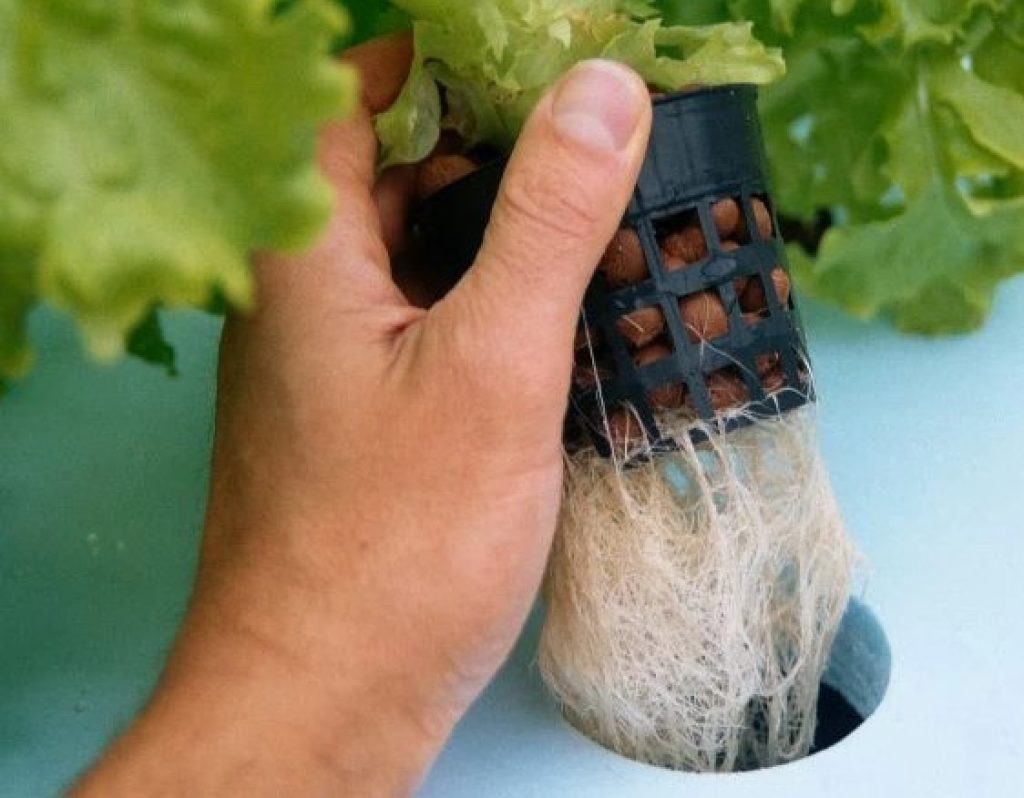
Source: Nature Hydro
These eco-friendly containers house the plants in this system and are inserted along the top of the growing channels. They are full of holes or slits that expose root systems to the nutrient solution. Additionally, these holes assist with drainage and air circulation.
While net pots can hold grow media, most NFT growers don’t use them as the roots in these systems often have more than enough nutrients, moisture, and oxygen.
Would you like to learn more about the correct pH level for hydroponics?
How does an NFT hydroponic system work?
Now that you have an overview of the components that comprise a basic NFT hydroponic system, let’s look at how they all work together.
The NFT process: step-by-step
Before we outline the steps, it’s important to understand that an NFT system is not passive like the Kratky method discussed in our Hydroponic Basil Growing Guide. It is, in fact, passive because it continuously uses a water pump to push nutrient solutions throughout the system.
Step 1
An appropriate ratio of water and nutrients is added to the reservoir chamber.
Step 2
A water pump transports a thin film of nutrient solution from the reservoir, through the tubing, and into the entrance of the growing channels. These channels run at a slight angle. This ensures a steady flow of the solution without any clogging taking place.
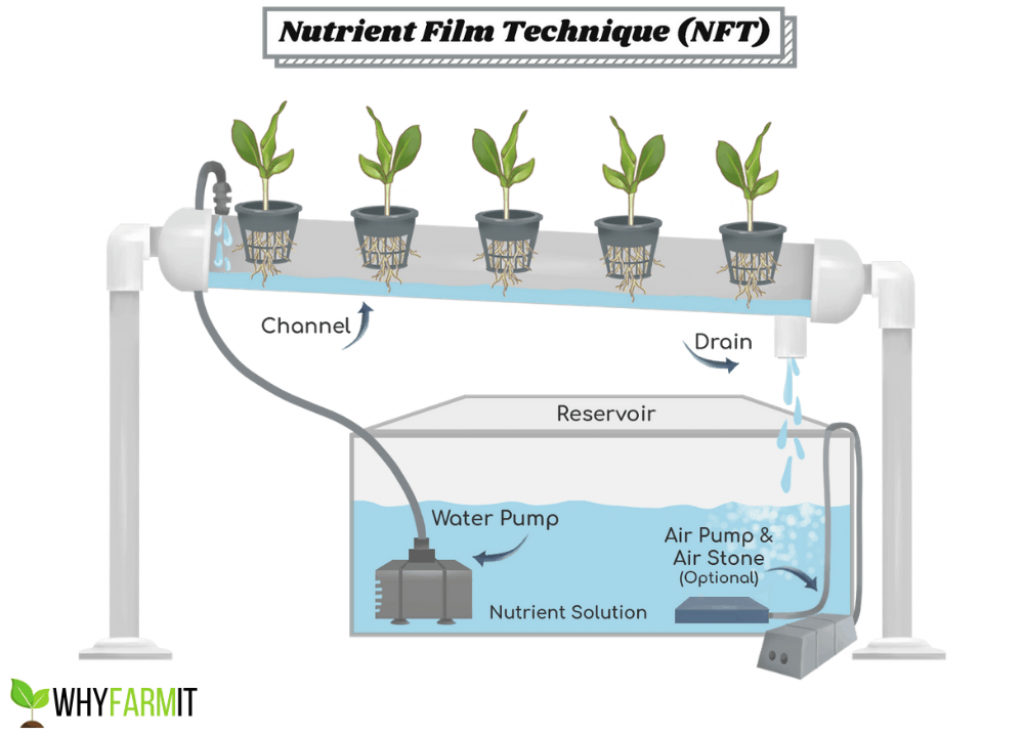
Source: WhyFarmIt
Step 3
Plants are placed in their corresponding net pots and inserted along the top of the growing channels. As the nutrient solution flows down these gullies, it makes contact with the bottom area of the plant’s roots while leaving enough root area for oxygenation.
Step 4
Once the nutrient solution has finished flowing through the growing channels, it falls back down into the reservoir through a drainage/overflow pipe. As this happens, the water makes contact with more air; this re-oxygenates the water before it falls back into the reservoir. The cycle continues.
What plants grow best in an NFT hydroponic system?
Smaller NFT systems are modular enough to cater to various crops. They are ideal for low-profile, short-term leafy green crops, such as:
- Lettuce varieties.
- Herbs.
- Bok Choi.
- Kale.
- Spinach.
However, larger NFT systems, such as tomatoes, are adaptive for long-term crop production.
What plants should you avoid growing in an NFT system?
When using an NFT hydroponic system, it’s best to avoid root vegetables, such as:
- Carrots.
- Corn.
- Squash.
- Cucumbers.
- Melons.
- Trees.
It’s best to avoid growing these vegetables in an NFT setup because they grow tall and slowly. As such, their roots spread considerably, and they produce heavy fruit.
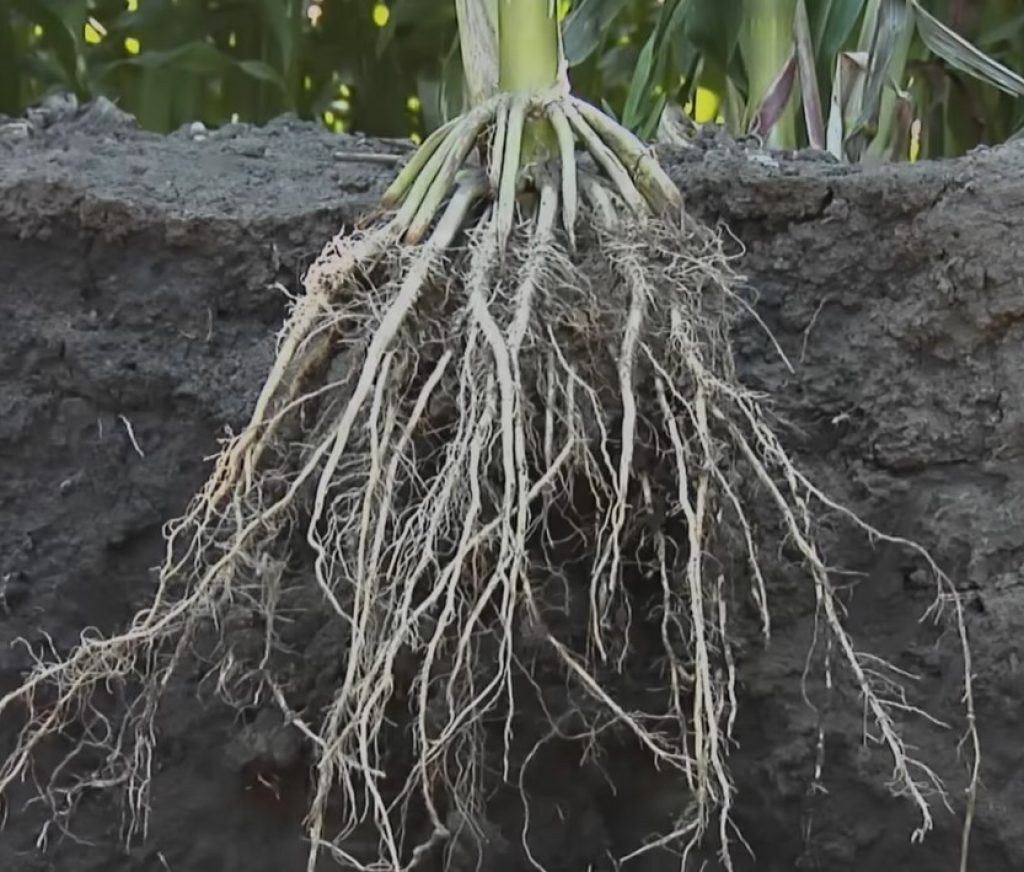
Source: AGPhD – Youtube
What factors determine a plant’s suitability for an NFT system?
- Size of root system: The root system should be minimal and accommodating enough to convey the nutrient solution for your plants’ growth. You don’t want a heavy root system that can clog up the growing gullies.
- Length of harvest period: The time to harvest should be short. Plants in NFT systems should attain maturity within 3 months starting from the seed sowing period. Leafy greens are mainly in this group.
- Plant weight: The nutrient film system is narrow. As such, you should only consider growing lightweight plants. Heavy plants that need support are not ideal for your NFT system.
What is the best flow rate for an NFT hydroponic system?
As previously discussed, the growing channels in an NFT system are set at a slight angle to help transport the nutrient solution along the gullies.
But, this slight tilt also serves another purpose — it helps establish a rate of flow that results in a shallow stream of nutrient solution. Enough to feed the plants while giving the roots enough space for oxygen intake.
So what is the correct flow rate of an NFT hydroponic system?
In his book, Hydroponics For The Home Grower, Howard Resh (Ph.D. Plant Science) states that the flow rate of the nutrient solution should be between 1 and 2 liters (¼–½ gallon) per minute.
Why Is NFT flow rate important?
The solution’s slope and flow rate affects the dissolved oxygen content of the nutrient solution. Essentially, if there is no flow rate and the nutrient solution becomes stagnant, there will be lower oxygen levels available to the plants.
What Is the optimal slope angle for an NFT hydroponic setup?
In his book Hobby Hydroponics, Howard Resh states the following:
“To keep the flow of solution from getting stagnant, use a slope of at least 1 in 50 (2%) or up to 3% to 4% with the NFT channels.“
A study discussing the effects of slope and channel nutrient solution echoes the above. It states, “Researchers have tested NFT channel slopes of 0.5%, 1.0%, 2.0%, and 4% and observed the best growth for the 2% slope“.
However, they suggest that if you live in a warmer climate, you use a steeper slope and incorporate gaps into your NFT channel. Doing so can dramatically improve crop productivity.
Do NFT hydroponic systems need an air pump?
Let’s have a little fun with this question, shall we?
Have a look through what you’ve read and seen up to this point — we’ve dropped a little hint for you that answers this question.
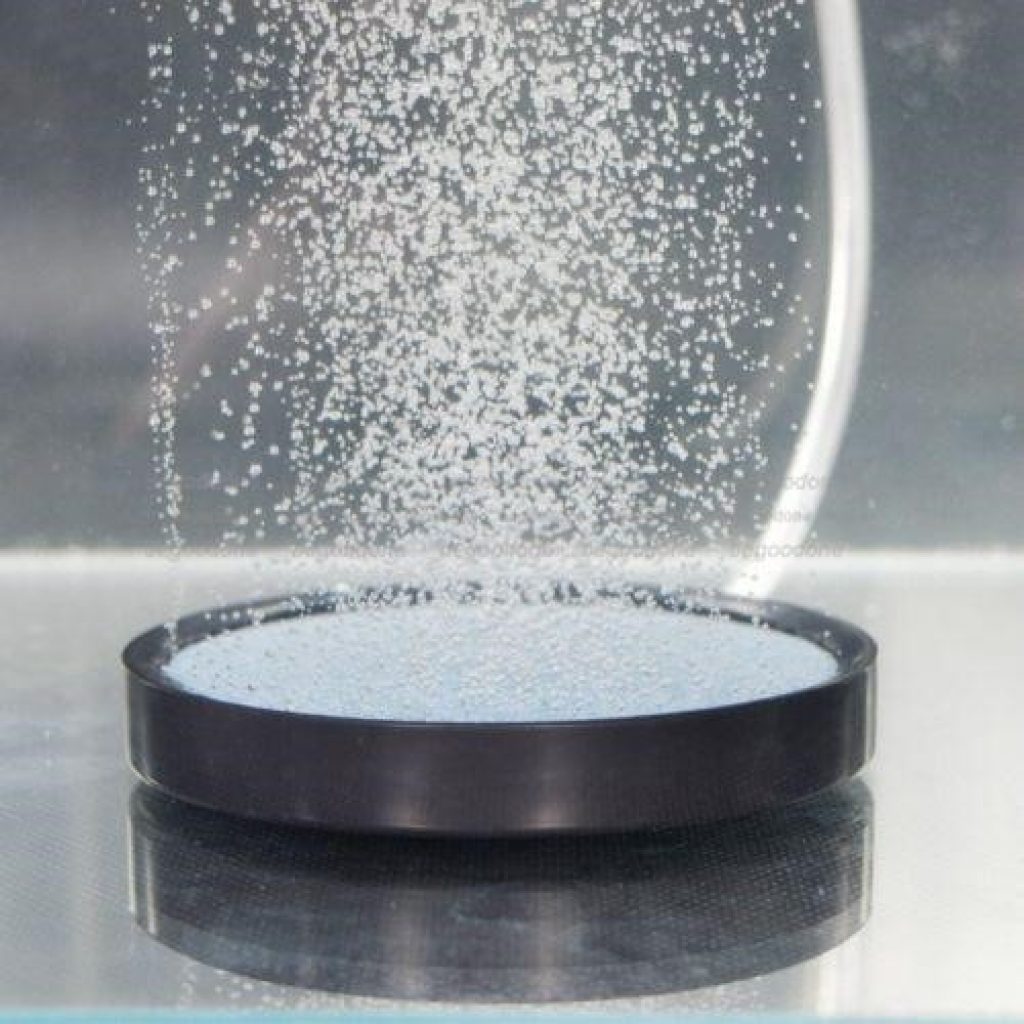
Source: Garden Ambition
Given up?
In one of our previous sections — How Does An NFT Hydroponic System Work? — you’ll notice the presence of an air stone and an air pump in the diagram we provided.
The question is, do you NEED this air pump and airstone, or are they simply optional?
The answer
The air pump, airstone, and tubing are optional extras for growers who want to provide their plants with a little more oxygen.
But what exactly makes them optional as opposed to necessary?
If you have a look at the NFT system and what we’ve discussed thus far, you’ll recall that oxygenation of the nutrient solution takes place as it falls back down into the reservoir.
Heads up
For those of you looking to use the NFT method, the free fall height of your solution back to the nutrient reservoir is essential for the aeration of your solution. More height causes a finer break-up of the solution and introduces air bubbles into the tank.
So, while you technically can use an air pump as part of your NFT setup (some even recommend it), you can avoid doing so by optimizing the free fall height of your solution.
Final thoughts
Overall, NFT hydroponic systems are a bit simpler to understand than one might think. This fact, along with their modular nature, makes them fantastic for growers who are looking for a hydroponic system that is relatively easy to grasp and versatile.
If you have any further questions on this topic or would like to share any experience you have using an NFT system, please feel free to share your experience(s) with us in the comment section below. We’d love to hear your thoughts!

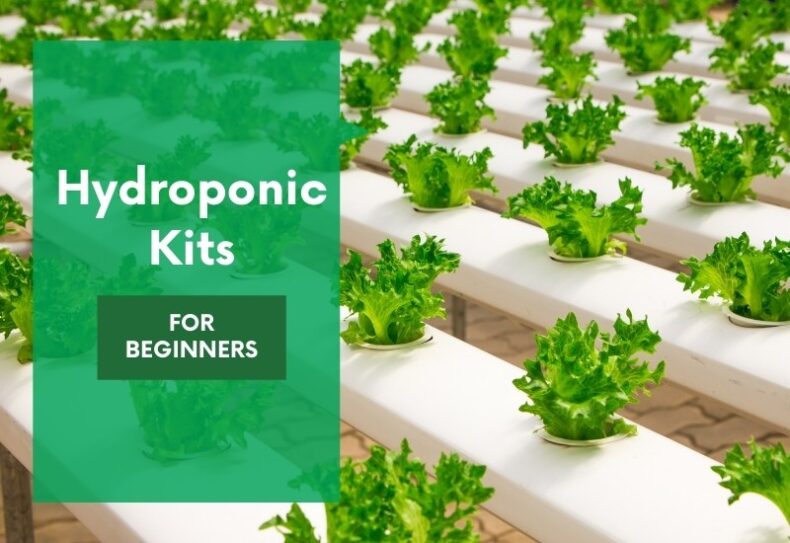
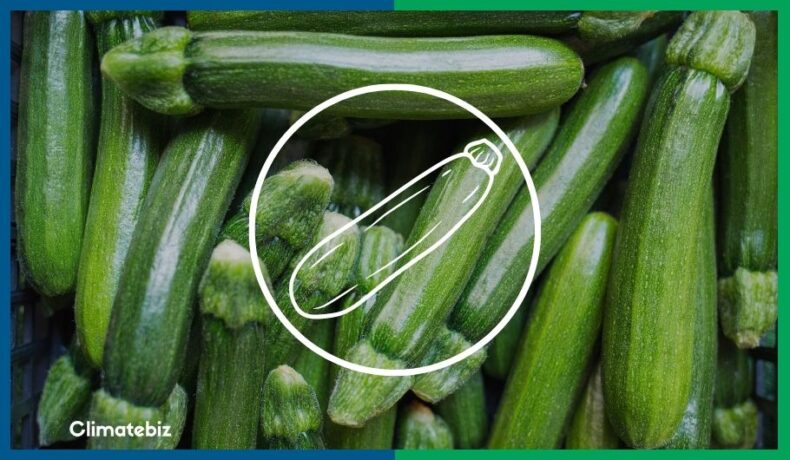
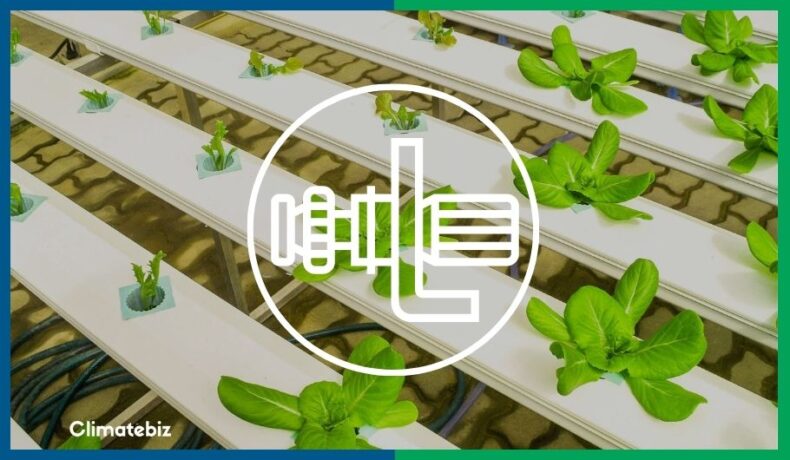
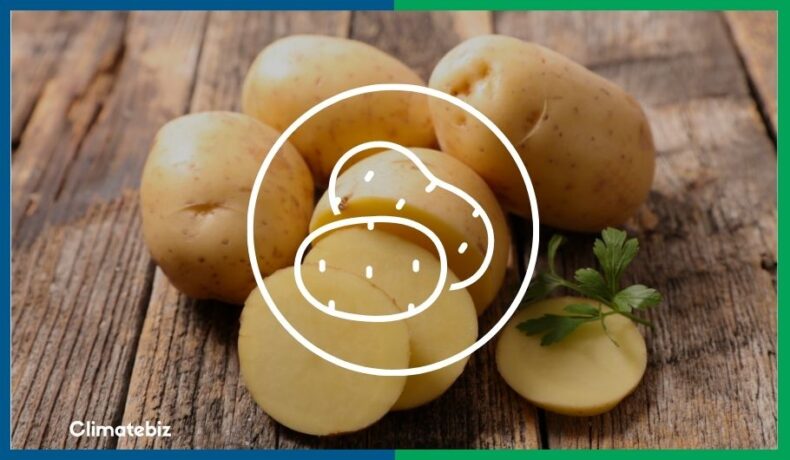




I bought a flat system with 5 parallel channels. There is no slope. So it’s kind of like a hybrid ebb and flow/NFT system. The pipes fill about halfway. When the pump is off they settle down to about 1/4 full. Adding plants this week. Hopefully the roots don’t Drown.
Hey Joe,
Thanks for sharing your setup with us!
How have your plants been coping thus far? Is your system performing the way you expected it to?
Keep well!